



After nearly a century, India's 2027 Census will include caste data; experts call for a methodology overhaul to provide accurate, caste-based socioeconomic insights.
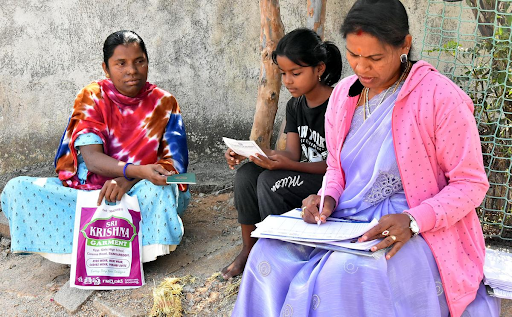
Copyright infringement not intended
Source: The Hindu
The Central Government has announced that the next Census will take place in 2027, and it will collect information on castes.
Caste enumeration is the process of collecting data on the population's caste identities. While the general decennial census collects data on demographics, literacy, housing, and other socioeconomic factors, caste enumeration is specifically designed to determine the numerical strength and distribution of caste groups.
Source: The Hindu
|
Practice Question: Q. With reference to caste enumeration in India, consider the following statements: The Census of India has never included caste-wise data after 1951. The Socio-Economic and Caste Census (SECC) 2011 collected caste data but did not publish it officially. The responsibility for conducting the Census lies with the Ministry of Home Affairs. Which of the statements given above is/are correct? A) 1 and 2 only B) 2 and 3 only C) 1 and 3 only D) 1, 2 and 3 Answer: B) 2 and 3 only Explanation: Statement 1: Incorrect. While caste data for Scheduled Castes and Scheduled Tribes is collected in every census since 1951, data for other castes is not included. So, the claim that no caste-wise data is collected after 1951 is partially incorrect. Statement 2: Correct. SECC 2011 did collect caste-related data, but the final data was not released publicly due to inconsistencies and classification issues. Statement 3: Correct. The Registrar General and Census Commissioner of India, under the Ministry of Home Affairs, conducts the Census. |
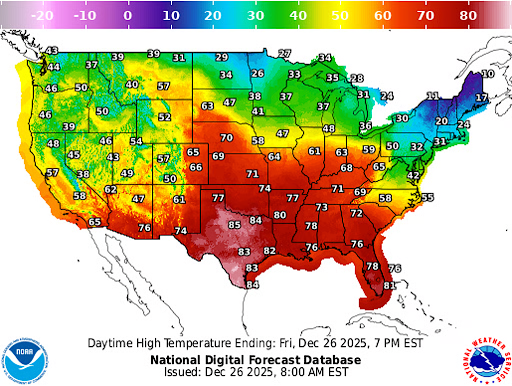
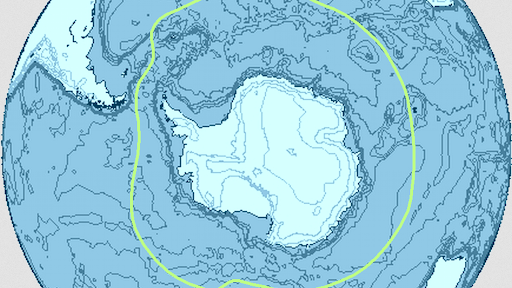
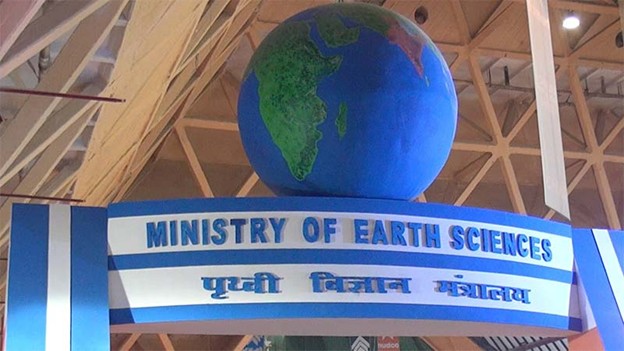


© 2026 iasgyan. All right reserved